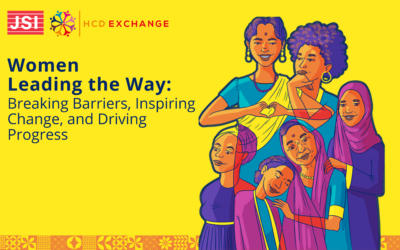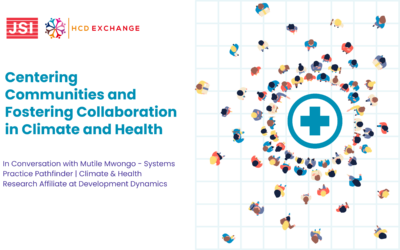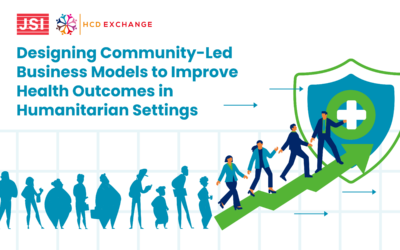We hosted a learning circle featuring HCD experts to reflect on the considerations for integrating community-centered design practice into programs.
Here’s a 10-point checklist for facilitating a community-centered design process:
- Embrace the Value of Community-Centered Design
- Acknowledge the significance and benefits of involving the community in the design process, such as how local ownership can lead to long-term adoption of solutions.
- Obtain Consent and Respect Confidentiality
- Take time and care to ensure that you are obtaining informed consent from your participants – this goes beyond signing consent forms to explaining the research objective and approaches and addressing concerns and questions from participants.
- Prioritize the safety and comfort of the participants and respect confidentiality when discussing sensitive topics and personal experiences.
- Facilitate Ownership
- Position the community as the owners of the solutions by ensuring that practitioners are there to facilitate a process, guiding collection problem-solving, rather than imposing a solution.
- Embrace Humility
- Acknowledge that practitioners do not hold all the expertise.
- Approach the community to learn rather than to teach.
- Approach any assignment with the highest level of openness and curiosity – ‘we don’t know anything; we’re here to learn.’
- Embrace existing community wisdom
- Move away from the savior mentality.
- Value the insights of the community and view lived experience as expertise.
- Let Go of Assumptions
- Be open to having your mind changed.
- Be conscious of any biases and preconceived notions and how they may affect your practice.
- View Users as Experts
- Ensure that community members are capacitated to maintain and adapt the solution as needed to fit the evolving context within the community.
- Minimize Practitioner Dependency
- Aim to make practitioners irrelevant in the long run by empowering the community to implement the design process and sustain solutions.
- Ensure Inclusivity
- Be mindful of who is being excluded from the process.
- Intentionally target extreme users on both ends of the normal distribution curve to ensure that the process has a representative and holistic understanding of a community.
- Take the steps needed to engage marginalized voices and ensure their representation in the process.
- Foster Long-Term Relationships
-
- When possible, maintain open communication channels beyond the project timelines to foster long-term partnerships.
- Develop strategies and plan time for ongoing collaboration, advocacy, and support.
- Re-engage funders by emphasizing newly identified community needs and priorities, to build a long-term, holistic long-term approach to funding interventions.
This checklist is only but a starting point for facilitating a community-centered design process. It’s important to adapt it to the specific context and needs of the community you’re working with.




